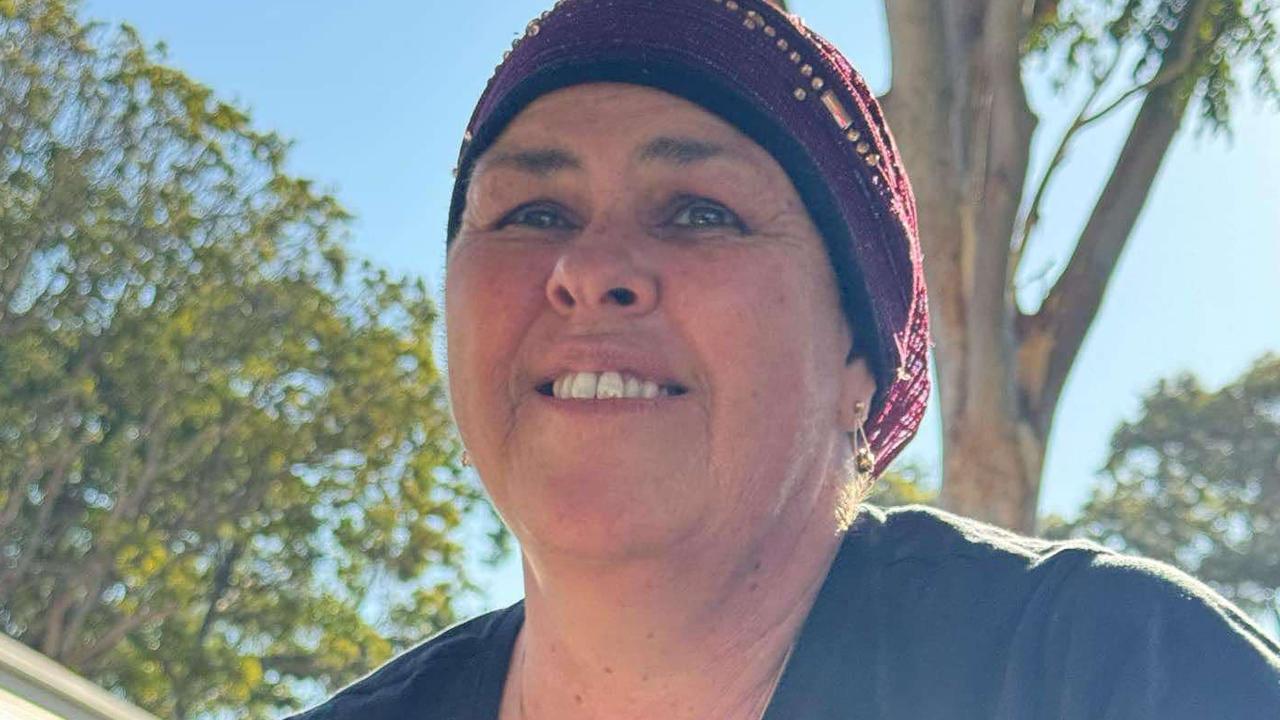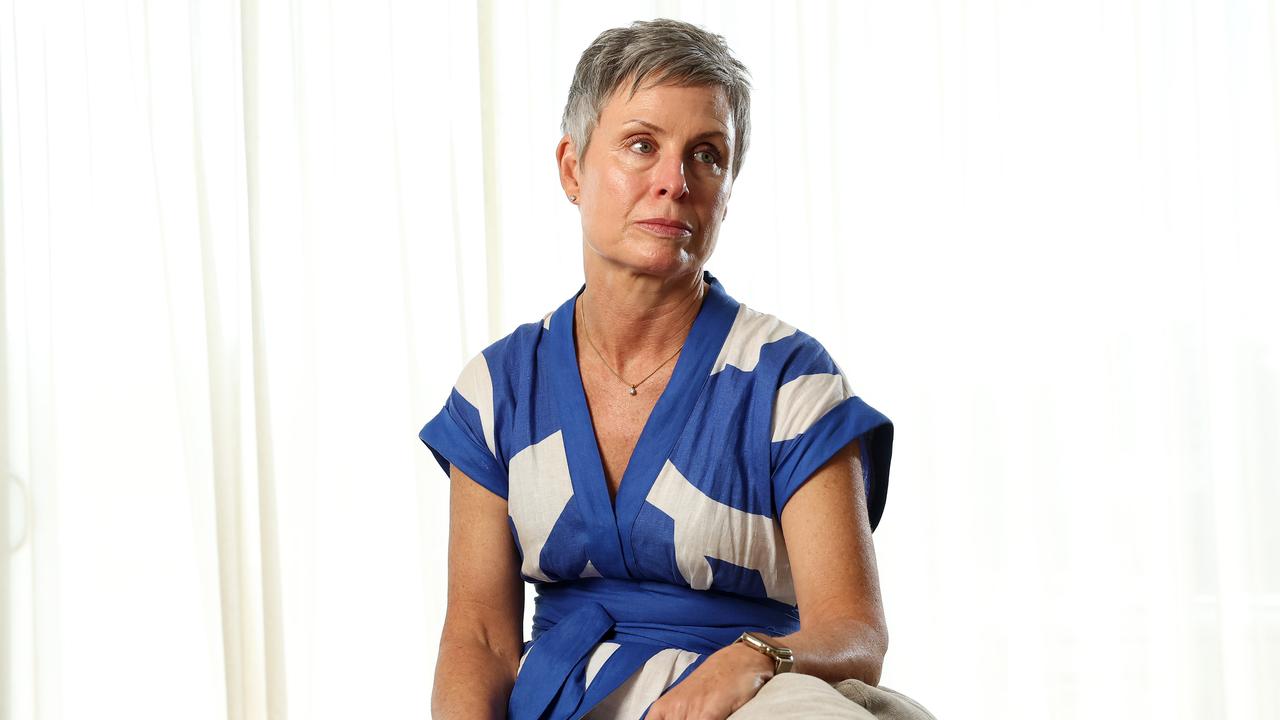New hope for prostate cancer treatment minus ‘nasty’ side effects
For many men the side effects of prostate cancer treatment are “horrendous” - like sex dysfunction, heart disease and diabetes. This discovery could change that.
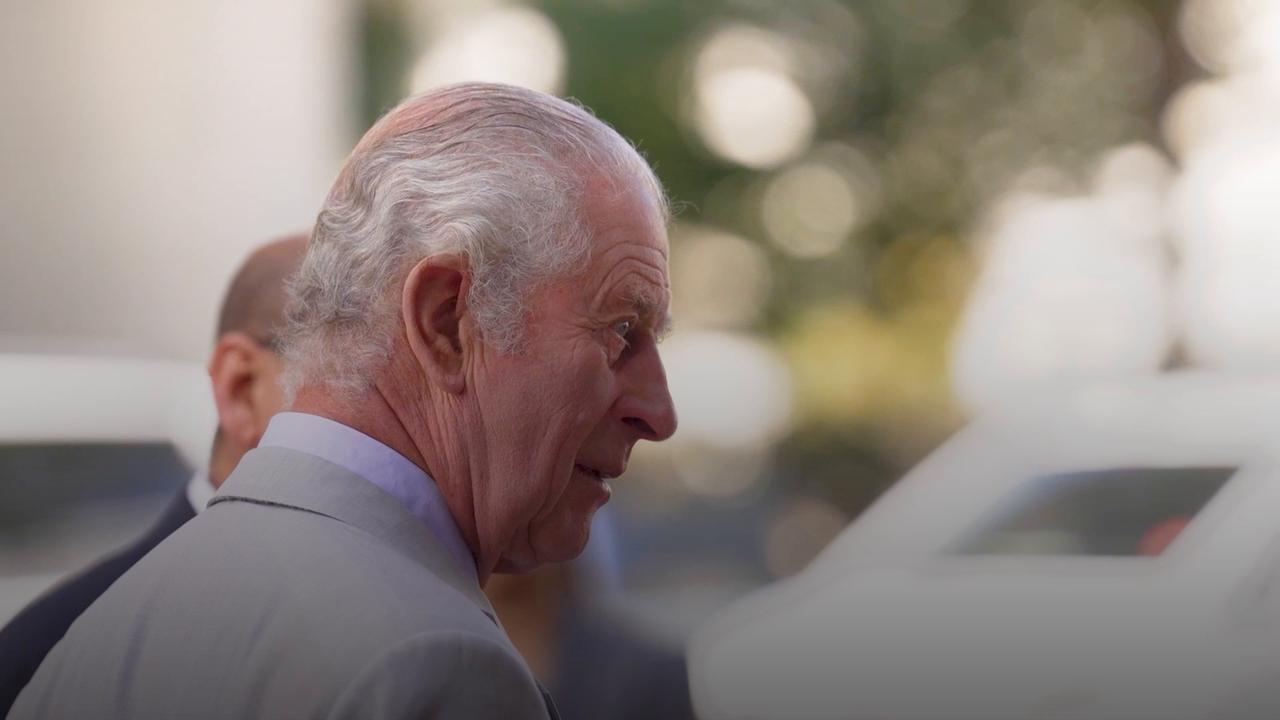
Cancer
Don't miss out on the headlines from Cancer. Followed categories will be added to My News.
A major discovery by Australian researchers of a key driver of prostate cancer could lead to the next generation of targeted treatments with fewer “awful” side effects.
Prostate cancer is the most common cancer diagnosed in Australian men and develops when abnormal cells in the prostate gland grow, forming a malignant tumour.
While existing treatments such as hormone therapy and chemotherapy can be effective, the side effects can be debilitating says joint lead researcher Dr John Scott from the Monash Institute of Pharmaceutical Sciences.
The study, by a team that also included researchers from WEHI, was published overnight in the peer-reviewed international journal PNAS.
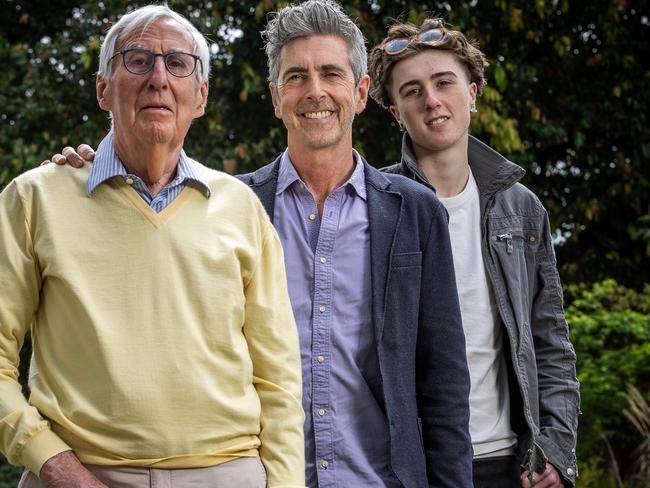
They showed for the first time how a molecule called PSKH1 is “switched on” and, importantly, switched off in the cells.
“With this discovery we’re hoping to develop targeted therapies to overcome some of the really horrible side effects of current treatments,” Dr Scott said.
He said hormone therapy can cause bone mass loss in some men and also other serious side effects including diabetes or cardiovascular disease.
“There is also sexual dysfunction,” Dr Scott said. “So especially a younger man who’s been diagnosed, you can have these horrible life changing side effects for a long time.
“Ultimately, we believe we can improve therapies for prostate and other cancers.”
Dr Scott, an expert in understanding how cells communicate with each other, said tumours form because cells ignore normal signals that tell them it’s time to stop growing, or when it’s time to die.
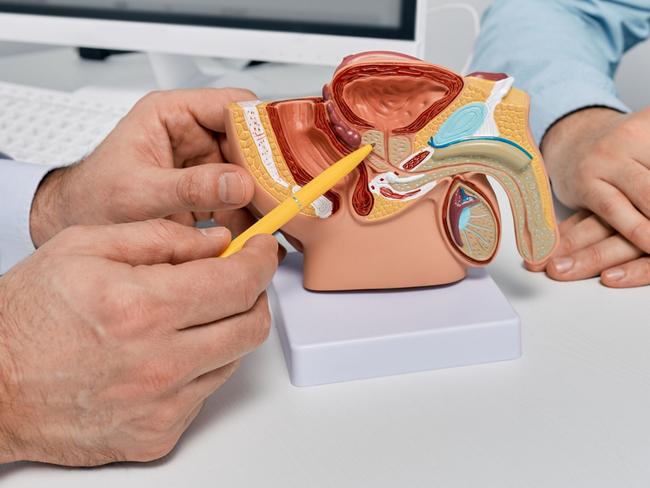
“When a signalling molecule, such as PSKH1, interacts with certain proteins on a cell surface, this binding triggers a chain of events that can amplify the cell activity and lead to the formation of tumours,” he said.
Joint senior author Professor James Murphy from WEHI said the team’s goal was to harness this new information to develop better, more targeted therapeutic approaches.
“Switching off PSKH1 essentially means being able to stop the progression of implicated cancers in their track, and thereby this new information opens up a whole new world of potential when it comes to developing new drugs,” Professor Murphy said.
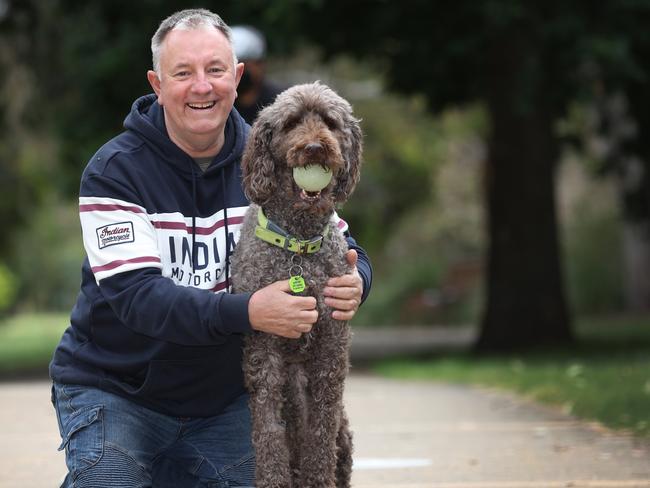
The researchers say that understanding the mechanisms of how to switch PSKH1 on and off can also be applied to other molecules within the same family, broadening the potential of the study’s findings to other cancers and diseases.
“The next steps are for us to figure out the mechanism by which it drives prostate cancer,” Dr Scott said. “The more knowledge we have, the greater chance we’ve got of developing new therapies.
“We have made a significant discovery.”
“GREAT NEWS”
Five generations of men in James Murray’s family have had prostate cancer, including James and his dad Robin.
The architect had his prostate cancer treated successfully with surgery.
“But any future treatment that can be pre-emptive and help demystifies the fear around the whole process of having an examination and the fear around surgery is good news,” Mr Murray, 55, said.
Robin Murray also lost his father Hugh to prostate cancer. He became an endocrinologist, the branch of medicine that studies diseases influenced by hormones.
“Dad will be delighted to hear this news,” James said. “It is good to hear that we’re progressing (with treatment options).
“It is still a very prevalent disease so I encourage men to go and get tested if they are concerned.”
Grayham Bottomley agreed. While he does not have prostate cancer, the small business owner was treated for an enlarged prostate that was keeping him up many times at night.
When it started affecting his sleep and his relationship with his partner, Mr Bottomley sought medical help.
It is something he encourages all men to do.
Of this discovery that has the potential for new targeted treatments in the future, he said anything that can help is “great news”.
He urged men to speak to their doctor if they have concerns. “Don’t put up with it,” Mr Bottomley said. “Speak to a doctor and get it sorted.”
More Coverage
Originally published as New hope for prostate cancer treatment minus ‘nasty’ side effects




